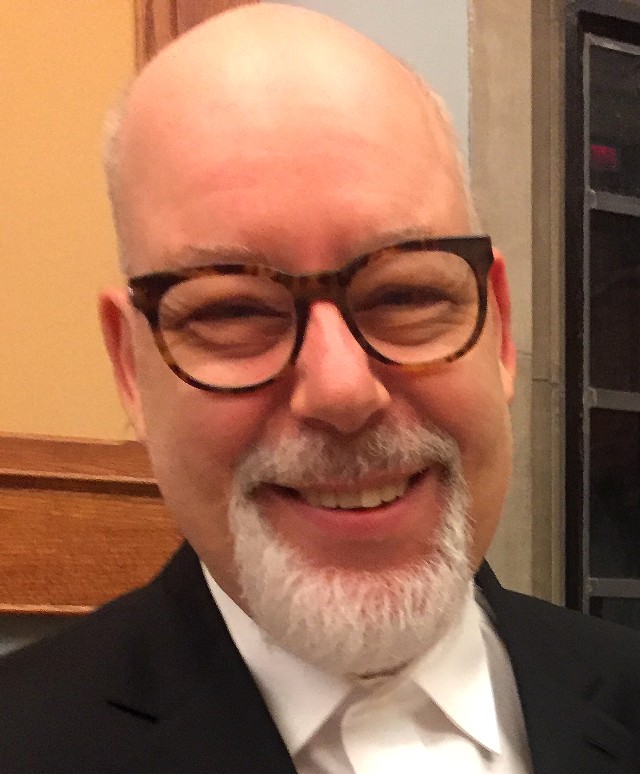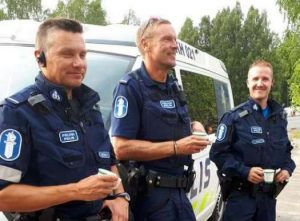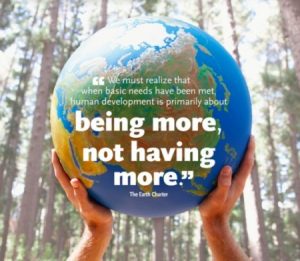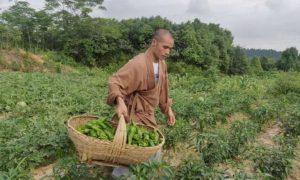
For some years now, I have been particularly interested in learning about how rural Buddhist centers manage their environmental policies, best practices, and challenges, which seem to me to be at the crucial intersection between the Dharma and saving all the beings in our greater-than-human world.
Mostly when I have talked to the administrators of those organizations, they appreciate me asking but freely admit that their Green Buddhist practice is largely aspirational or a benign hands-off approach. However, I recently stumbled on the motherlode in terms of finding an organization that not only walks the walk in practicing Green Buddhism, but has provided the best roadmap I’ve ever seen, modeling all that is needed for this work that reconnects and documenting it for the benefit of all. Here is their story.
Crystal Mountain Society (CMS) is a 24-hectare Buddhist retreat center near the northern tip of Galiano Island, in the Georgia Strait off the coast of British Columbia. Incorporated in 1976, its Spiritual Education Forest Retreat Centre launched in 1980, hosting annual summer camping style retreats ever since.
In 2021, the CMS initiated a rezoning process to turn over about 75 per cent of their 24-hectare property to the Galiano Island Land Trust to create both an 18-hectare nature reserve held intact in perpetuity, and a six-hectare, low-impact, eco-friendly retreat center that can operate year-round on the remaining portion of the property.
The CMS was founded by students of Venerable Namgyal Rinpoche, a Westerner trained in the Theravada and Vajrayana Buddhist traditions, whose main center is in rural Ontario. When Rinpoche passed away in 2003, his student, Lama Mark Webber, became resident teacher. Webber moved to Galiano Island in 2007 and has been the main teacher at both centers since 2000, in addition to his very busy career as a microbiologist, chemist, and college administrator.
Galiano island is 27 kilometers long, and 1.6 kilometers wide. It has been continuously inhabited by Coast Salish peoples for more than 5,000 years, and is one of the most beautiful places in Canada. Envious mainlanders often refer to it as Lotus Land. For a quick word-association image, think Big Sur in California, which is part of the same geo-region and shares many of the same cultural characteristics.
The island is home to thousands of varieties of flora and fauna, is a major way-station for migrating birds, and is home to 19 reef complexes with an enormous range of sea life, both resident and transient. In short, it is an ecological treasure.
In the 1960s, the island was subject to widespread logging. There were many conflicts between activists and loggers about the seemingly indiscriminate clearcutting. When the logging company, which owned about half of the island, was forced out, a Galiano Island Land Trust was established to manage development. Environmentalism and the 1960s counterculture continue to heavily influence the culture of the island to this day. As of the 21st century, the logging industry has all but halted on the island, replaced by industries such as tourism and a local art scene. Galiano Island is also home to lands under the jurisdiction of the indigenous Penelakut Nation. Between 1870 and 1941, a small number of Asian immigrants, particularly Japanese from Wakayama Prefecture, operated salteries on the north end of the island. So perhaps Crystal Mountain’s Buddhist roots run deeper than appears at first glance.

The process of rezoning Crystal Mountain’s property has been complex. Fortunately, their website explains it all, accompanied by many of the documents that were needed during the process.*
These include:
• Community Information Meeting Proposal Summary 2021
• Community Information Meeting Flyer 2022
• Groundwater Update 2021, prepared by a hydrogeologist
• CMS Well Monitoring Report 2021-2022 by a hydrogeologist
• Water Management Plan 2022
• Ecological Assessment Update 2021, prepared by a Registered Professional Biologist
• CMS Ecosystem Zone Map
• CMS Site Map
• CMS Site Map with Aerial Photo 2022
• Covenant Schedule 2 – Tree Protection Map
• Septic Permits 2021
• Summary of key information and issues 2022

The fundraising campaign to underwrite the process has a goal of C$88,000 (US$65,350). As of May 2023, they had raised C$69,000, but were still looking for C$13,000 to cover costs for public hearings—one of the final stages of the rezoning process—and C$8,000 to subdivide the pagoda area of the property separately to keep it accessible. Some back-of-the-napkin calculations show that C$67,000 must have gone into the preliminary work cited above.
The most recent website updates are from the CMS Winter 2023 newsletter. The Galiano Island Land Trust has approved proceeding with their application, meaning that no new information can be received by the Trust Committee, and the public hearings have been completed. However, second and third readings of the draft bylaws were delayed, pending further consultation with the Penelakut Tribe, who expressed the opinion that they had not been satisfactorily consulted. The process is slow but ongoing. The first of those further meetings between the Islands Trust staff and Penelakut Council took place 27 November 2023. It concerned three Galiano rezoning applications including the one from CMS. The intention was that the Penelakut would study the issues and come back for discussion in January. As of this writing, a few weeks into February, there are no further details available to the public.
So why does all this matter?
In 2019, Sumeru published The Rural Buddhist Center Environmental Action Plan Toolkit, a template to assist organizations in assessing and planning their environmental policies and practices. It’s a free download shared under a Creative Commons 4.0 license—free to share and modify, with attribution.** It has been downloaded more than 400 times.
The template was created with the help of two of my Buddhist colleagues: Dr. Paul Keddy, a highly cited environmental scientist; and Dennis Winters, a professional landscape architect who has designed Buddhist retreat centers and meditation gardens.
However, I have no idea how the folks who downloaded the template used it.
You may think this is all rather moot, since of course Buddhists love nature and would never do anything other than care for all beings. Right? What if I told you another Canadian Buddhist rural center, comprising 216.5 hectares, is building a 10-lane parking lot for thousands of cars,*** or that they fought the government to stop a wind farm from being contemplated nearby on the grounds that it would disturb the natural environment and the tranquility of their meditators?****
I am not suggesting that every rural Buddhist center needs to go to the extreme of donating their property to a land trust to be kept wild in perpetuity. I think, however, that it behooves the administrators of rural Buddhist organizations to attend to the nitty gritty of managing their properties in congruence with environmental best practices.
If you found this article of interest, I would be very happy to correspond with you about the topic. I’m especially interested in your success stories and challenges. Sharing is caring.
* Rezoning (Crystal Mountain)
** The Buddhist Center Environmental Action Plan Toolkit (Sumeru)
*** 535 Acre Site Wutai Shan Buddhist Garden Complex to Deploy LocoMobi World’s Worldstream (CISION)
**** Cham Shan Temple v. Director, Ministry of the Environment (PDF file; Dale & Lessmann)
See more
Crystal Mountain
Lama Mark Webber
Related features from BDG
Buddhist Voices in the Climate Crisis: The Eightfold Path of Sustainability
Buddhist Voices in the Climate Crisis: Earth Words and Watershed Activism
Ajahn Sona, Off the Grid
For the Earth: Buddhist Environmental Thought and Activism
Touching the Earth: An Ecodharma Retreat
Planetary Healing: Buddhism and World Ecology














